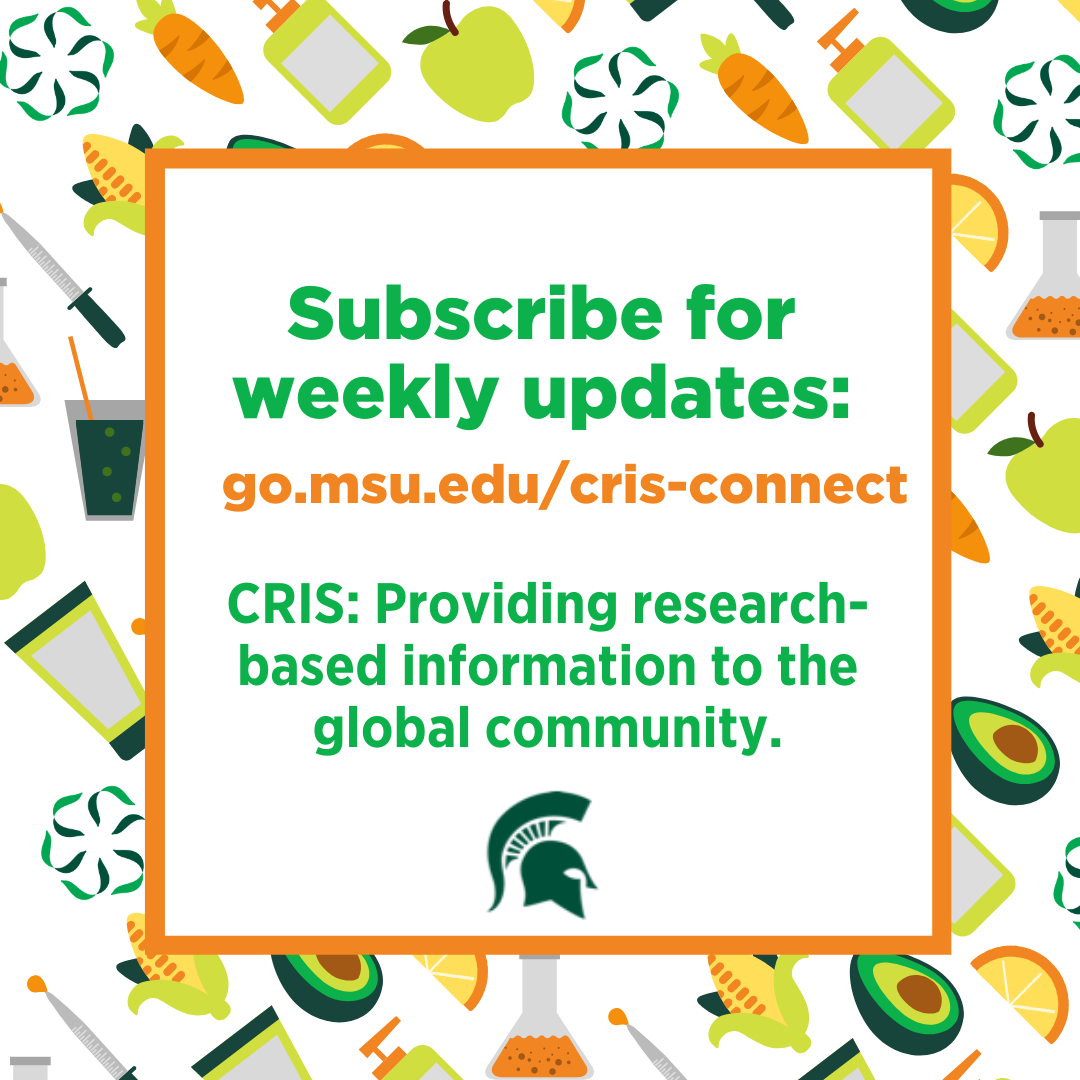What's The Risk? Food Packaging
Recently, there’s been an uptick of concern around packaging and the chemical ingredients and contaminants that could be imparted on our food and beverages. In this post, we look at the risk.

What is packaging? What does it do?
There are three core purposes of packaging materials:
- Protect products from contamination or damage.

- Contain and portion products.
- Communicate what’s in the packaging to the consumer.
Why is packaging important?
Storage and transportation are required to get foods and beverages from the farm or the source to our tables. There are numerous points in our distribution system where food and ingredients are stored, processed, packaged, transported, and then make their way to our plates.
Packaging keeps our foods from encountering substances, pathogens, and contaminants that could potentially cause us harm or cause our foods to prematurely spoil (1).
What are contaminants?
There are three main contaminant categories:
- Natural
- Human-made
- Human introduced natural contaminants
Natural contaminants consisted primarily of plants, fungi, insects, bacteria, viruses, and more.
Human-made contaminants can include pesticides, residues, unwanted by-products like acrylamides (formed naturally when cooking), and environmental contaminants.
Human-introduced natural contaminants typically describe metals or other elements that can make their way onto our in foods and water.
What are trace contaminants and residues?
As we’ve discussed in prior posts, trace contaminants or residues are incredibly small particles or microorganisms that can make their way into our food system. These particles or microorganisms can include anything from bacteria to pesticides to minerals to chemicals that can be found in our consumables.
What’s the emerging concern?
A review study recently came out showing thousands of potentially harmful chemicals detected in food packaging that could leave trace contaminants or residues on the food product.
While the headline sounds alarming, it’s important to remember some basic concepts we’ve covered in previous posts like the difference between a hazard and a risk and the dose makes the poison.
If a contaminant or residue is found, does that mean it’s harmful to our health?
No, in fact, emerging technology and fields of study like non-targeted analytical chemistry can detect hundreds to thousands of contaminants at harmless, minuscule levels. Researchers are learning more about the application of non-targeted analysis and how they can apply it to our food system.
While in certain instances, trace residues can migrate from packaging into the product that's being contained, manufacturers consider the material’s safety when designing the packaging for specific products.
Recycled materials, for example, require a manufacturer to consider the material’s origin and original use prior to the recycling process before they can use the material in food packaging. If a prior use contaminated the material, it’s no longer food-safe and cannot be used to create food-safe packaging.
One important note, detecting a contaminant or residue does not mean it’s harmful. We must always take into consideration the contaminant, the amount, the duration of exposure, and the route of exposure before we can determine if something will cause an adverse health impact.
What’s the risk?
We know that packaging keeps our foods and beverages from spoiling and coming into contact with known substances like bacteria that can cause us harm.
Per the authors of the review study, we know the researchers found many different chemicals but they do not have key data points needed to determine toxicity such as the amount of the chemicals identified and what exposure to people. Without the information, the risk, if any, to people or animals cannot be determined.
We also know guidelines prevent manufacturers from using unsafe materials that can leach harmful chemicals or have excessive residues that can cause harm. While there can be small amounts of residue found on and in packaging, like with other types of potential contaminants and trace residues, the U.S. Food and Drug Administration (FDA) provides toxicological guidance to ensure the packaging remains food and beverage safe (remember, the dose makes the poison).
Given the known safety of current packaging practices and the need to keep foods from spoiling and being impacted negatively during transportation and processing, we know it makes more sense to continue best packaging practices while we gather data to see what if any harm could be caused by the chemical’s presence.
The good news.
More research into food packaging can help us create better materials that are potentially safer and more environmentally friendly. While we develop these new materials, the packaging we currently use keeps our foods and beverages healthy and safe.
If you have any questions about foods and ingredients, please reach out to us on Twitter, send us an email, or submit your idea to us at go.msu.edu/cris-idea.



 Print
Print Email
Email


